If you’re like most homeowners, you probably spend a lot of time thinking about your home and its heating system. After all, it is one of the primary ways your house stays warm during the winter months.
Smart thermostats are making it even easier for homeowners to save money on heating bills with little to no effort at all. This guide covers everything you need to know about smart thermostats so that you can make the best decision for your home and family.
How Much Money Can a Smart Thermostat Save?
With a smart thermostat, you can save you upto 12% on heating. It can set a temperature that is best for your needs, reducing the amount of energy wasted. If used to its full potential, it can definitely save you money. Smart thermostats can show your energy consumption in real-time and can even adjust your heating to conditions such as humidity.
With smart thermostat technology increasing, you can set up energy-saving features like geolocation, peak reduction, and more.
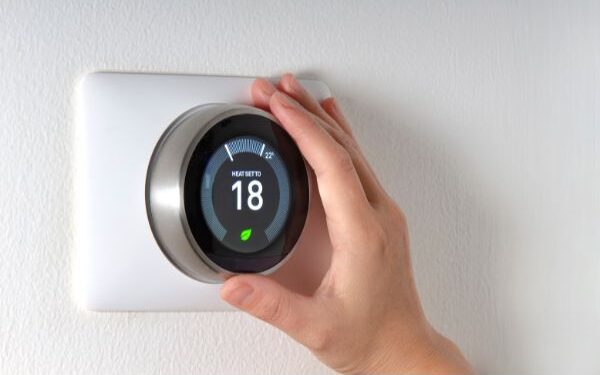
What is a Smart Thermostat?
A smart thermostat is a device that is connected to your existing heating system and allows you to control the temperature in your home wirelessly via an app. Typically a smart thermostat is installed inside via a wiring connection to your existing heating system inside your home.
This allows you to remotely control your heating system from anywhere inside the house or outside. Smart thermostats are becoming increasingly popular due to their many benefits for homeowners. If you’re interested in installing a smart thermostat, you should know exactly what you’re getting yourself into. Below, we’ll go over all of the major benefits and drawbacks from using a smart thermostat.
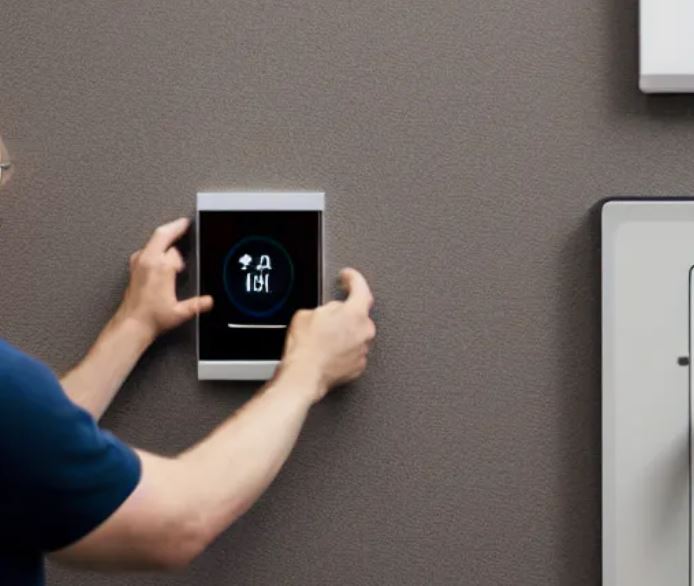
Is it worth getting a smart thermostat?
In general, smart thermostats can be a worthwhile investment for homeowners who are looking to save money on their energy bills and increase the efficiency of their heating systems However, it’s important to consider the specific factors that may affect the effectiveness of it, like home insulation, your energy usage habits, and the age and efficiency of your heating system.
The following are reasons why people choose to have them installed:
Automate the heating system controls
The most popular reason people are choosing to install smart thermostats is the ability to automate their heating and cooling systems.
With the right smart thermostat, you can set up recurring heating schedules, create temperature alerts, and even control your lights and other devices throughout your home with the same thermostat.
This allows you to spend less time worrying about scheduling your heating and more time enjoying being in your home.
Energy Saving features
Another major reason people choose to switch to smart thermostats is to save their energy. Many thermostats can only adjust the temperature in a set amount of time, which means they are wasting a lot of energy by running constantly.
Smart Thermostat features to use to save money
Here are some ways you can use the features of a smart thermostat to save energy and money:
- Smart scheduling: Set your thermostat to automatically adjust the temperature based on your schedule. For example, if you usually leave for work at 8am and return at 5pm, set the thermostat to turn off the heating while you’re away and turn it back on just before you return. This will prevent your heating system from running unnecessarily, saving energy and money.
- Energy reports: Use the energy reports provided by your smart thermostat to see how much energy you’re using and when. This can help you identify patterns in your energy usage and make adjustments to save money. For example, if you notice that you’re using a lot of energy during the evenings, you might want to set your thermostat to turn off the heating an hour earlier to save energy.
- Remote control: Use the remote control feature of your smart thermostat to turn off the heating while you’re away, even if you forget to set a schedule. This is especially useful if you’re going to be out of town for an extended period of time.
- Smart home integration: If you have other smart home devices, you can use them to control your thermostat and save energy. For example, you can use a smart outlet to turn off your heating when you’re not home, or use a smart speaker like an Amazon Echo to adjust the temperature with voice commands.
- Setpoint limits: Many smart thermostats allow you to set limits on the maximum and minimum temperature for your home. This can help prevent you from accidentally setting the temperature too high or low, which can waste energy and money.
Overall, the key to saving energy and money with a smart thermostat is to use the features it provides to make your heating and cooling system as efficient as possible. By taking advantage of smart scheduling, energy reports, remote control, and smart home integration, you can significantly reduce your energy usage and lower your energy bills.

Learn about some of the best smart thermostats available
There are many different smart thermostat options on the market, so it can be difficult to know which one is best for you. Fortunately, we’ve done some of the legwork for you to help choose the best smart thermostat for your needs. The following are our top picks for the best smart thermostat on the market.
Best Smart Thermostats on the Market
Disclosure: Some of the links below are Amazon affiliate links. This means that, at no cost to you, we may earn an affiliate commission if you click through the link and complete a purchase.
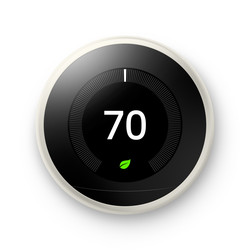

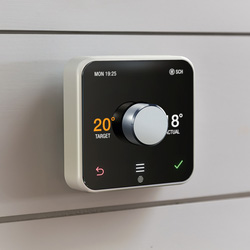
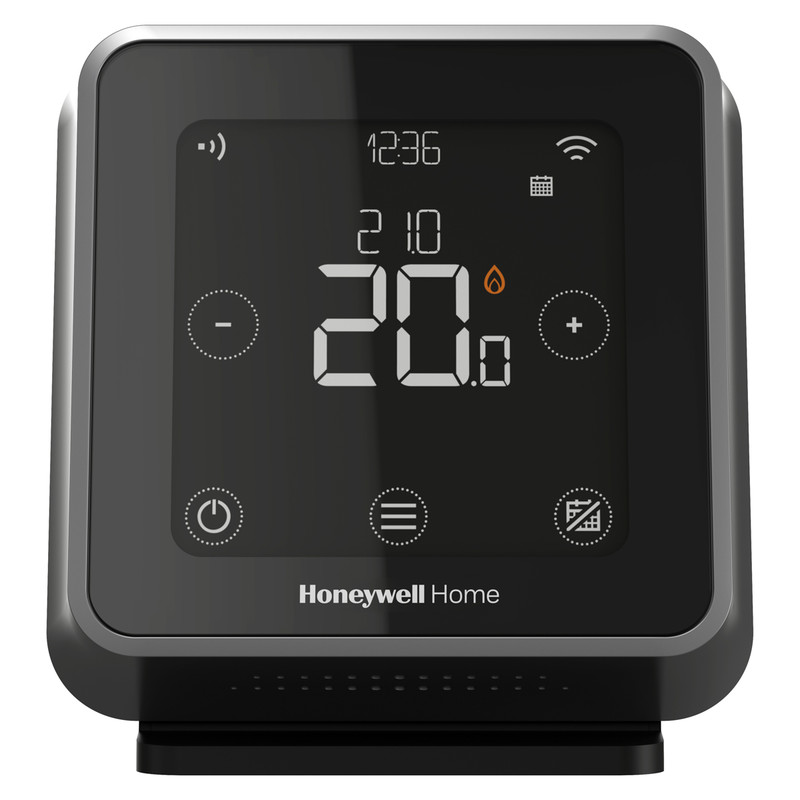
| Make & Model | Google Nest Thermostat | tado° Wireless Smart Thermostat | Hive Thermostat for Heating control | Honeywell T6R Wireless Smart Thermostat |
| Price Value | ***** | ***** | **** | **** |
| Ease of Use | ***** | *** | ***** | ***** |
| Cost per year | Nil | 24.99 for optional extra features | 35.88 for optional extra features | Nil |
| Works with Amazon Alexa? | Yes | Yes | Yes | Yes |
When a smart thermostat may not save you money
Here are a few disadvantages of a smart thermostat:
Your heating and cooling system is outdated or inefficient
If your heating system is outdated or not functioning properly, a smart thermostat may not be able to fully optimise your energy usage. Upgrading to a more energy-efficient system or properly maintaining your current system may be a better investment in the long run.
You have an irregular schedule
Smart thermostats rely on your schedule and daily routine to adjust the temperature in your home. If you have an irregular schedule or are frequently away from home, the thermostat may not be able to accurately predict when to adjust the temperature. This can result in wasted energy and higher energy bills.
You home has poor insulation
Insulation plays a crucial role in maintaining a consistent temperature in your home. If your home has poor insulation, a smart thermostat may not be able to effectively regulate the temperature, leading to higher energy bills.
You have too many temperature fluctuations
If you frequently change the temperature on your thermostat, a smart thermostat may not be able to accurately adjust to your desired temperature, resulting in wasted energy and higher energy bills.
You have a small living space
Smart thermostats are most effective in larger homes with multiple rooms and temperature zones. If you live in a small space, a smart thermostat may not be as effective in saving you money on your energy bills.
Can I install a smart thermostat myself?
Although it is always best to consult a professional, some smart thermostats are easy to install yourself while others can be tricky. Someone who is experienced in diy shouldn’t have many problems with the installation. But a heating professional will have more experience and knowledge on how to use it efficiently.
There are a few different ways you can install a smart thermostat, depending on what type you choose to go with. Below, we’ll walk you through the steps you’ll need to follow to install a smart thermostat:
Find a smart thermostat installer in your area
The installer will get the job done quickly and correctly ensuring everything is set up for your situation and they have the correct tools and experience to get the job done.
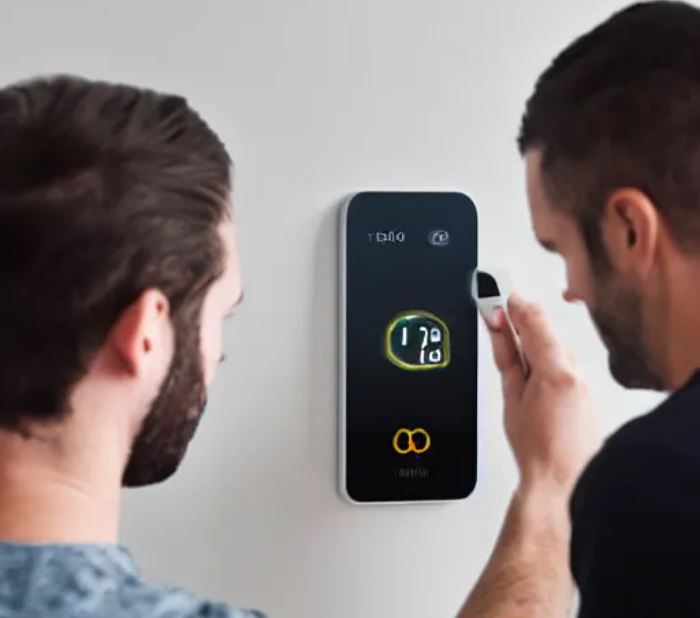
Contact manufacturers directly
Not all smart thermostats are created equal, so you’ll want to find out which ones are best for your home. Some smart thermostat companies give you the option to contact them directly and learn more about their products and installation.
Contact your heating contractor
Many homeowners choose to install their thermostat themselves so that they can save money on labour costs. However, make sure you choose smart thermostats that can be installed without requiring a professional.
Start saving money on heating with your new thermostat set up
Now that your new thermostat is installed and online, you can start saving immediately. Simply follow the steps below to set up your new thermostat.
1. Connect your thermostat to Wi-Fi
Your new thermostat should come with a Wi-Fi extender, so you’ll want to connect this to your router and your device.
2. Create an account with the thermostat’s manufacturer
Ensure that your thermostat is registering with your boiler manufacturer and that it is set to their control.
3. Check your thermostat’s settings
Now that you have your thermostat connected and registered, make sure you are able to access it.

Boost your savings and stay on track to save more
Now that you’ve installed your thermostat, it’s time to start saving! Here are a few helpful tips to get you on the right track.
Turn down your heating and cooling settings
This will help to reduce the amount of energy your heating system is using.
Set up your heating and cooling schedules
This will ensure that your heating system is running exactly when you need it to help you save more money on energy costs.
Schedule your heating system to run when you aren’t home
This will allow you to use less energy while you are away and help you to save more money on your energy bills.
Turn off your lights
This will help to reduce your energy bill while also providing some security during power outages.
Take advantage of energy-saving features
Some smart thermostats have built-in features that allow you to take advantage of geolocation, geofencing, and more to help you save more on your energy bill.
Use your smart thermostat as a security device
Some thermostats can be used for home security! By connecting to other devices, their sensors allow you to monitor your home while you are away and to get alerts when things happen.
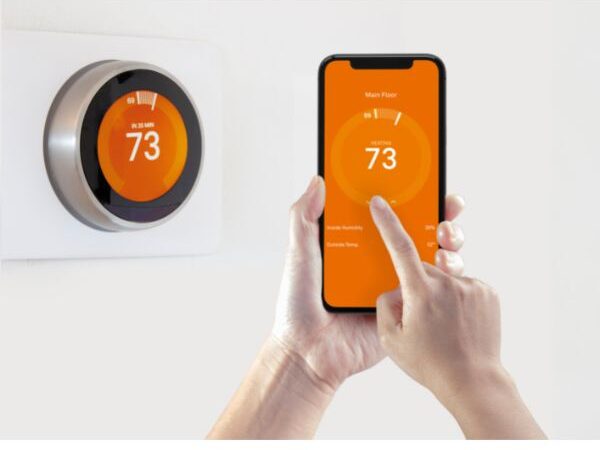
Wrapping up
Smart thermostats are a great way to automate your heating and cooling systems and save money on energy costs. These devices allow you to control your heating system from anywhere inside or outside your home, allowing you to spend less.
Read Related Articles
